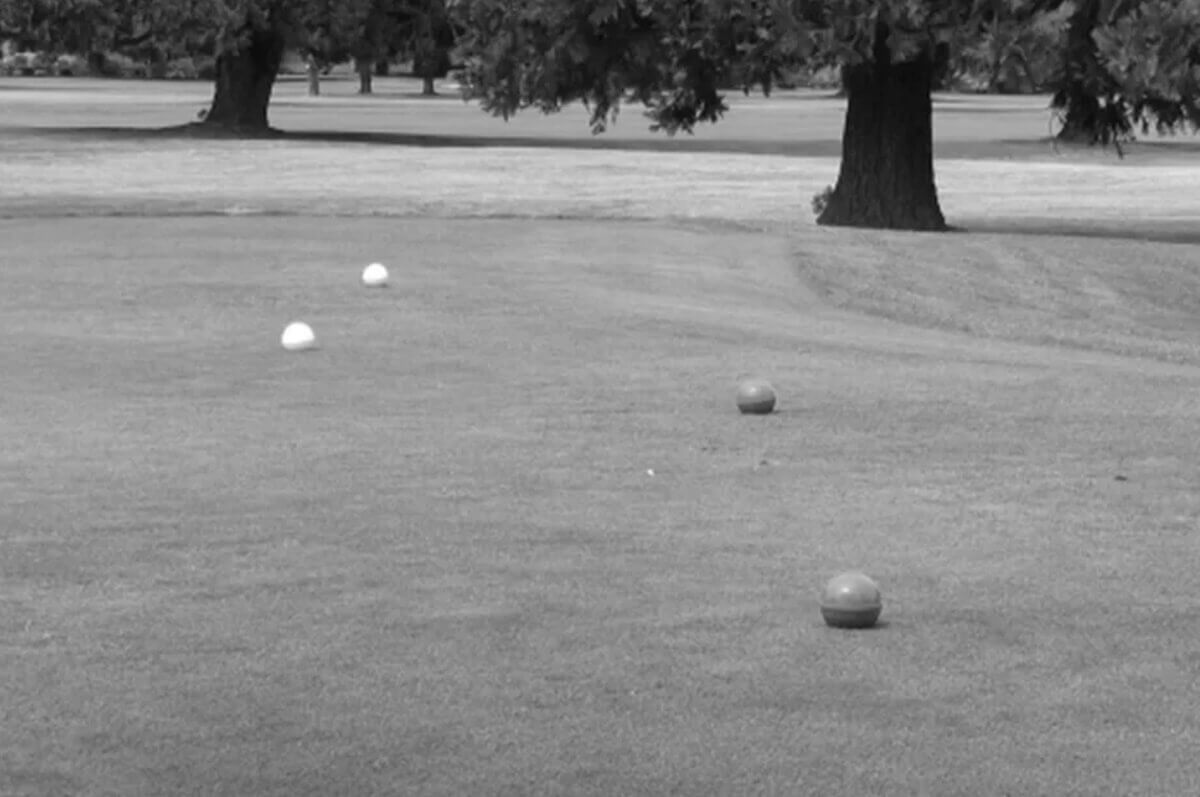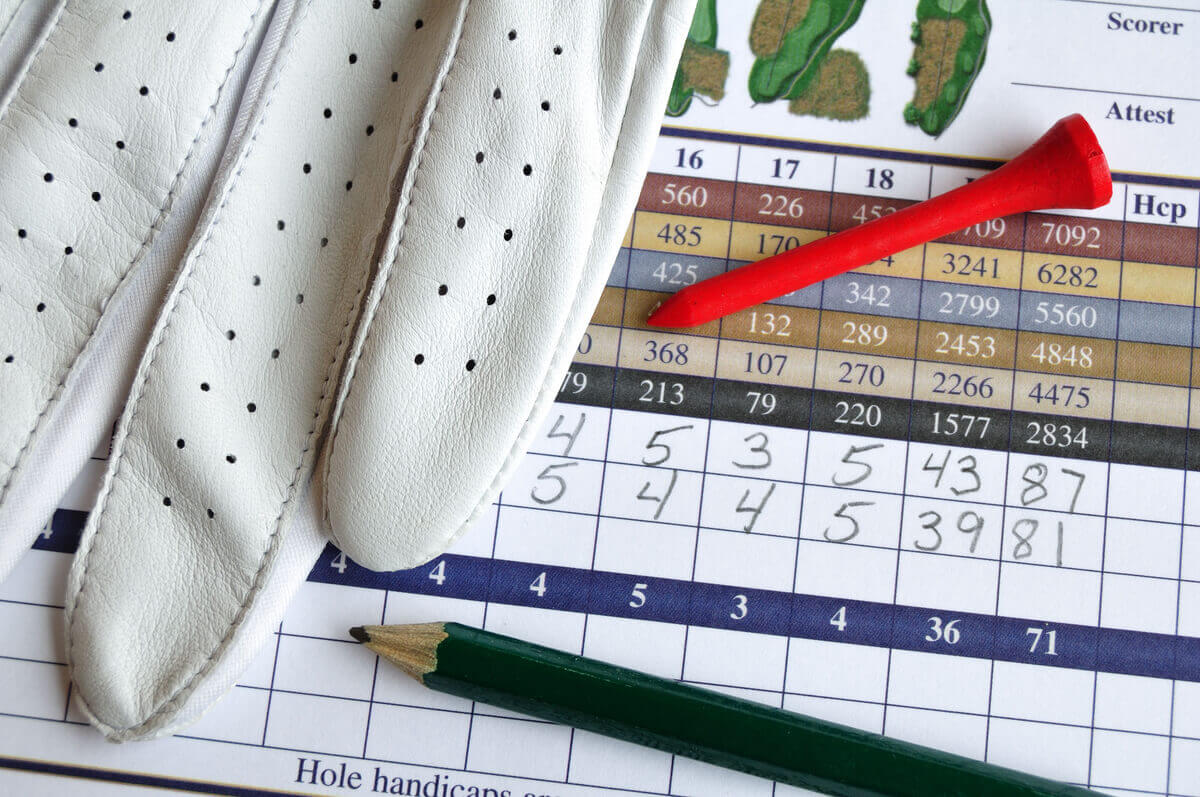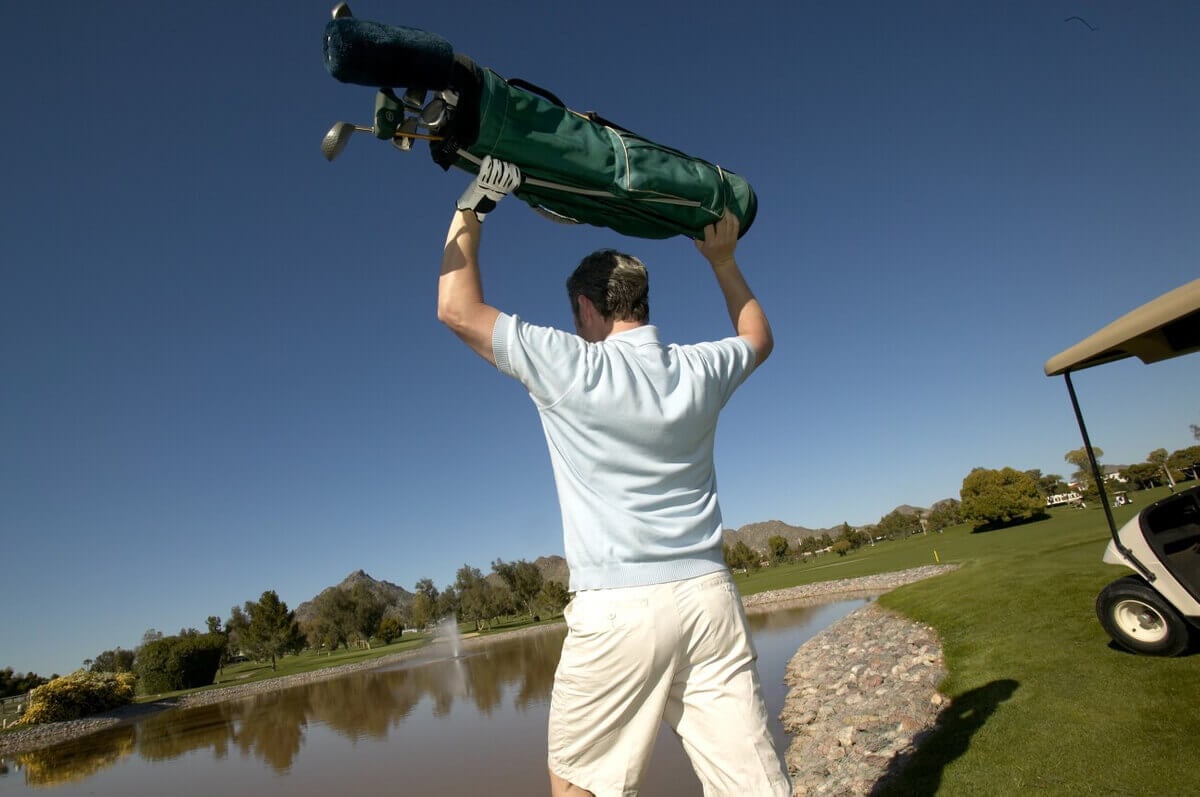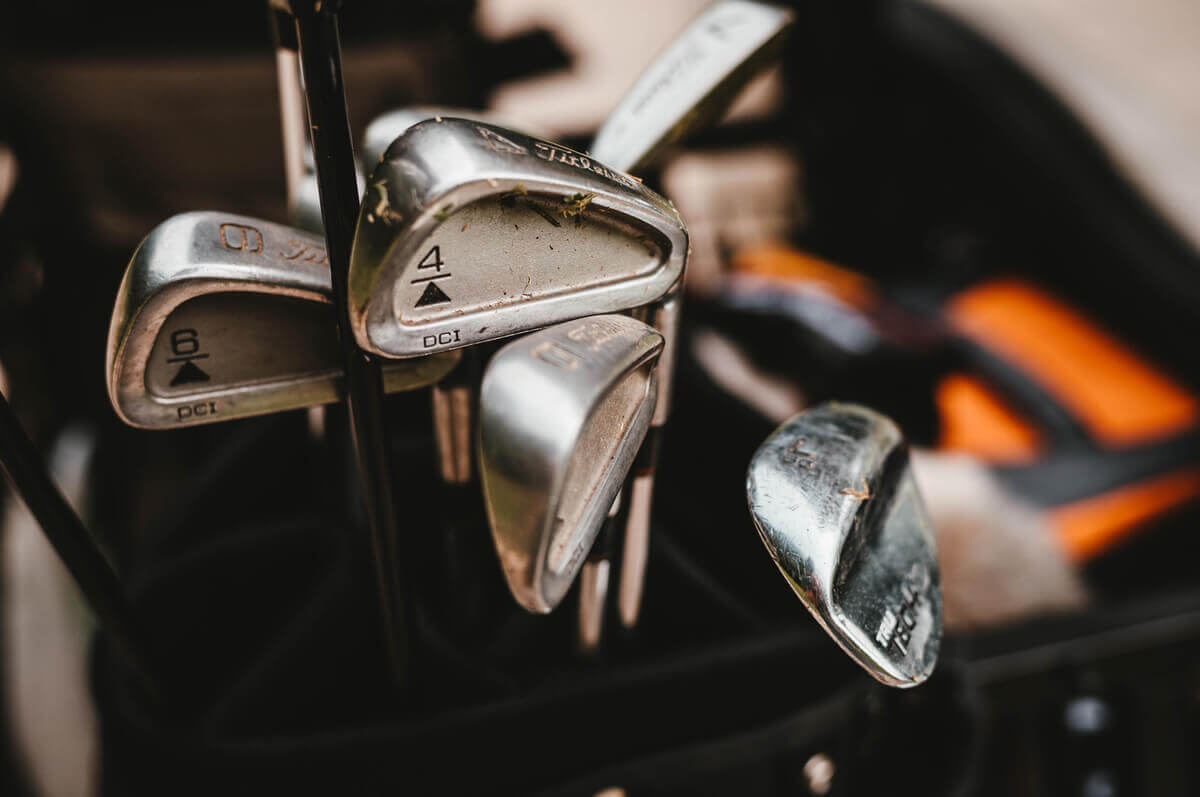To set yourself up for success starting from the first tee box, you need to choose the tee that best fits your skill level.
Before worrying about achieving the perfect swing, you need to make sure you are putting yourself in the best position to optimize your score. Conversely, don't cheat! If you are just at the cusp of breaking 90, don't move up to a different tee box just to improve your score. We'll help you find those extra strokes without taking the easy route.
As we all know, the golf course is an extremely humbling place and no place for ego. In fact, if you let your ego take over before you swing your driver, you're in for a long and frustrating day. I know every group has that one dude who goes all the way to the back tees with no hesitation, so you figure if he is, I have to. Don't, just don't. Let's set you up for success by having an honest conversation about which tee box you should actually be starting from.
Every golf course you visit will likely feature various sets of tee boxes, as indicated by colored markers at the start of each hole at the tee box. For example, you will often see three sets of tees, front tees, middle tees, and back (or championship) tees. Other courses may have five, six, or even seven sets of tees. So, how do you decide which tees to use?
The various tee boxes correspond to various yardages, reflecting the range of your playing ability. The tees at the back of the tee box are the longest, while those in the front are the shortest (yardages can be found by looking at the appropriate lines on the scorecard—blue tees are designated on the scorecard by the "blue" line, for example). You will notice on the scorecard that the yardages increase on the tees in the back and decrease as you move up.
If you have played for a while, you probably have a feel for which tees to use, but knowing which set of tees to utilize will become second nature over time. Move up to an easier (shorter) set of tees if you're having trouble reaching par-3 holes from the tee or par-4 holes in two strokes from one set of tees.
Don't Play from Tees That Are Too Long for Your Game
As I mentioned earlier, many amateur golfers (particularly men) attempt to play from tees past their abilities. It's not unusual to see a bunch of guys ripping it from the back tees only to hit banana slices into the woods. Don't be "that guy". They overswing and create bad habits to overcompensate for the extra yardage. If you are serious about finally breaking 90, work on a balanced repeatable golf swing, don't over-swing to impress your buddies. There's no shame in playing from the forward tees if it fits your game.
What Are the Three Most Common Tee Boxes?
When a course has a choice of only three tee boxes, the choice becomes much easier.
- Back Tees -Low-handicapped players
- Middle Tees - Middle to high-handicap men, low-handicap or long-hitting women
- Front Tees - Middle or high handicap women and seniors, and beginners
What If the Course Has More Than Three Tee Boxes?
Ok, so you arrived at the tee box and are set to tee it up from the middle tees, but hold up, this course has more than three. What the heck do you do now? No problem, we can look at the overall yardage from each tee box to determine where you should start.
On the PGA Tour, the average golf course length these days is around 7,200-7,300 yards, over on the Champions Tour for over-50 pros, the average golf course length is about 6,500 to 6,800 yards, and finally, on the LPGA Tour, the average golf course length is around 6,200 to 6,600 yards. These are the yardages we use to determine where to start. Keep in mind your age and gender as it correlates to the pro tour that best fits you.
- High-handicap – Select the tees whose yardage is 1,000 to 1,500 yards less than the pros.
- Mid-handicappers - Find the tee box whose yardage is around 500 to 1,000 yards less than the pros.
- Low Handicap Women & Seniors – Choose a tee box whose yardage is 250 to 500 yards less than the averages of the LPGA and Champions tours, respectively.
- Low-handicap – It should be the same as the Pro Tour and should be the back tees.
If you are a beginner, start from one of the forward tees unless you are confident that you can strike the ball a long distance with some accuracy and consistency. Then, after a few rounds from the front tees, you'll have a fair sense (depending on your score and level of annoyance) if you should move to a longer, more challenging set of tees.
Remember the first rule of thumb: If you can't reach the par-3 hole in one shot (we're talking distance here, not accuracy), or reach the par-4 in two strokes from the tees you're on; it's a pretty good indication you need to move up to a shorter set of tees.
There is another way to figure it out called the Average 5-Iron Distance, but it takes math, and I don't know about you, but I hate having to "carry the one" to find the correct tee box. Regardless, I'll share it with you.
Break out the calculator on your phone. Start by taking your average 5-iron distance (be honest!), multiply by 36, and choose the tees that most closely match that yardage. Did I lose you? I'll give you an example: You hit your 5-iron 150 yards, so 150 times 36 equals 5,400 yards, so choose the tees closest to 5,400 yards in length. If you hit your 5-iron 180 yards, look for tees around 6,500 yards (180 times 36 equals 6,480). Bam! Math lesson over for today.
Conclusion
The bottom line is that choosing the correct tee box is as easy as being truthful to yourself. Choose the tee that best matches your abilities and always do what's best for your current game!




